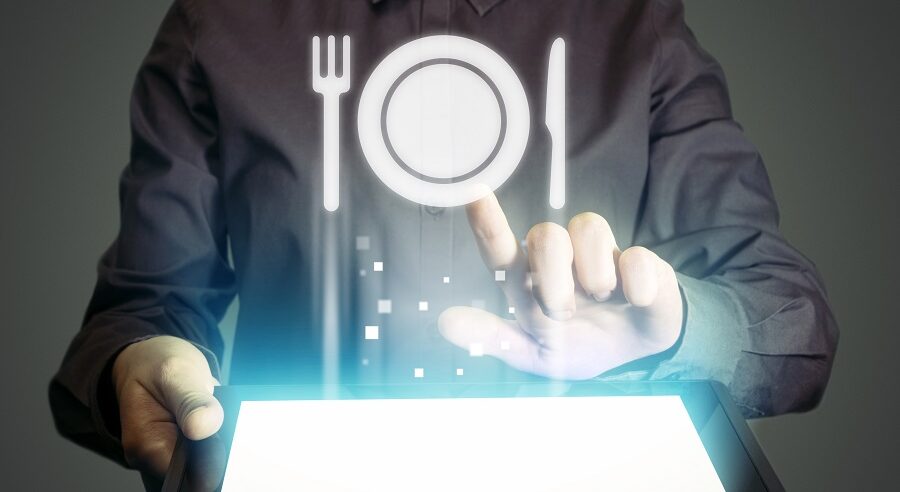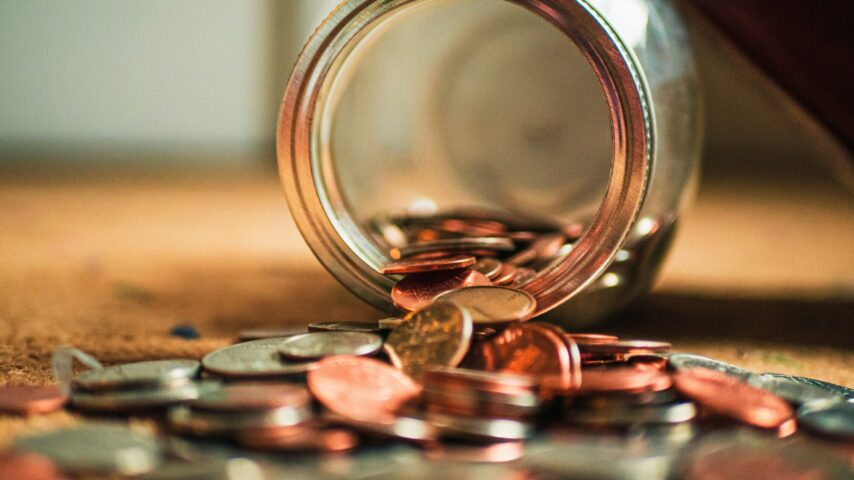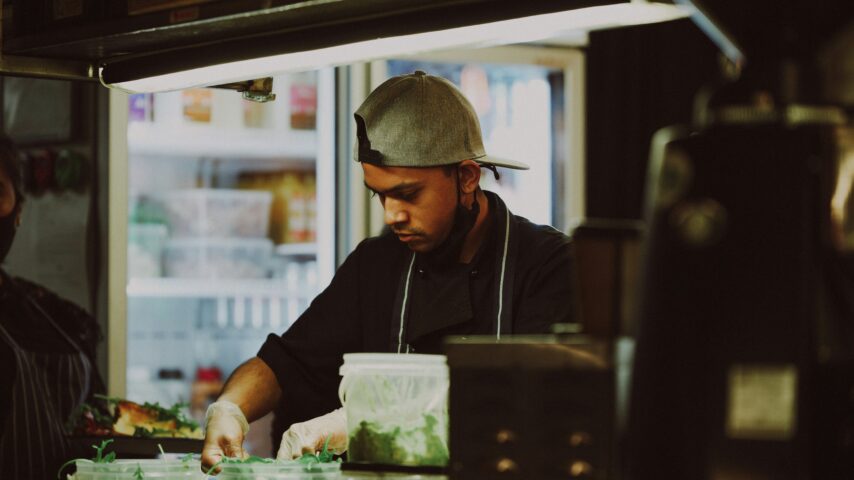Not a single day passes without Machine Learning being mentioned in the news. The technology has either advanced driverless vehicle technology or defeated the world chess champion.
But what about Machine Learning in the restaurant industry? First, you may be surprised to learn that Machine Learning already helps restaurants in many ways by:
- Forecasting sales more accurately
- Identifying staff theft
- Matching customers to restaurants based on their pre-selected taste profile
- Teaching robots how to cook
- Identifying the contents of food at a molecular level
In this article, we’ll provide a short definition of Machine Learning and discuss additional ways it can help the restaurant industry, specifically by forecasting sales more accurately and teaching robots how to cook.
What is Machine Learning?
Machine Learning describes the ability of algorithms to learn from data processing. The more data they process, the more they learn, and the more accurate they are at responding to a question.
How Can the Machine Learn?
For starters, an interesting question to ask an algorithm may be: Is this object a car, a pedestrian or a tree?
When algorithms try to answer a problem, they estimate a solution by taking into account several parameters. In our example above, the algorithm can examine an image and estimate the type of object in the image taking into account the shape, colour, and motion.
Example of algorithm estimating traffic
Naturally, most of an algorithms initial predictions will be wrong. The algorithm learns by testing what was predicted against by what really happened – this type of Machine Learning is called supervised learning. For each round, the algorithm modifies internal parameters or parts of its structure based on the initial fallacies and tries again. This process continues, which includes discarding the changes that reduce the algorithm’s accuracy and keeping the changes that increase the accuracy. The algorithm is said to have “learned” when new images are presented and are accurately classified.
How Machine Learning can help the restaurant industry?
Improve Sales Forecast accuracy with Machine Learning
Basic algorithms not using Machine Learning
Basic algorithms can forecast future sales based on simple parameters such as sales for last week and year as well as taking into account holidays, weather, etc.
As an example, to forecast tomorrow’s sales a basic algorithm will:
- Calculate the average between last year sales the same day and last week sales the same day
- Increase sales by 20% if it’s an holidays day
- Increase sales by 20% if it’s a sunny day
However, all those parameters do not have the same impact for your restaurants. For instance, weather can be an important game-changer for an ice cream restaurant next to the beach but a small factor for a pizza restaurant in a mall. A basic algorithm cannot personalise the forecast and understand that every restaurant is different.
Algorithms Using Machine Learning
Algorithms can help increase forecast accuracy over time personalising every parameter for each location, which means learning while processing data the parameter that has the greater impact on sales for a specific location.
At Tenzo we are forecasting experts. Our experience has shown the most relevant parameters to forecast restaurant sales are:
- All previous data (i.e. seasonal data, weekly data, growth trend)
- Weather (i.e. temperature, precipitation, sun hours)
- Holiday (i.e. bank holidays, half-term, Mother’s day)
- Events tailored by customers (i.e. football matches, theatre production)
The Tenzo algorithm combines the above mentioned parameters to forecast future sales. Then we assess accuracy by looking at the actual results.
For each new forecast, Tenzo’s algorithms modify the impact of each parameter based on the initial fallacies and try again. As previously stated, the algorithm keeps the changes that increase accuracy while discarding changes that decrease the accuracy. The more data we process, the more we learn, and the more accurate we are with our next forecast.
MAPE (Mean Absolute Percent Error) – This is how we expect our software to increase accuracy over time
Using Machine Learning we demonstrate up to 50% improvement in forecasting accuracy vs. basic forecast algorithms and up to 30% vs typical manager generated forecasts.
Our forecasting predicts demand hourly, which saves restaurants staffing costs by optimising labour schedules. Tenzo also reduces inventory wastage by preparing the optimal inventory level.
Teach Robots How to Cook using Machine Learning
California-based Miso Robotics is a startup focused on AI-driven robotic solutions for the kitchen environment. The company’s flagship AI kitchen assistant “Flippy” combines 3D, thermal, and regular vision to assist with grilling, frying, prepping, and plating.
In this example, Machine Learning was used to teach the robot:
- To recognise a steak, a cooked steak, and a cheese slice
- When to flip the steak and when to stop grilling it
For the recognition process, we explain below how colours and shapes are parameters used to recognise an object from another one. Each time, the algorithm modifies internal parameters or parts of its structure based on the initial fallacies (burnt or not cooked steak) and tries again. In the end, the algorithm will understand a brown steak is a cooked steak.
Example of how the robots can analyse the grill
To understand if it’s the right time to flip and if the steak is cooked, the algorithm can examine its different sensors and predict an answer according to those parameters.
In this example the most relevant parameters are:
- Temperature of the grill
- Temperature of the steak
- Colour and shape of the steak
- Time spent on the grill
Then during the supervised learning, a human assesses accuracy by looking at the steak.
For each new steak, the algorithms modify the impact of each parameter based on the initial fallacies and try again. The more data the robot processes, the more it learns, and the better the steaks are cooked.
The Flippy Robot
Conclusion
Machine Learning has many applications in restaurants from helping cooks in the kitchens to forecasting future sales which in turn helps work out the requirement for labour and inventory management.
Ultimately it can help restaurants run more efficiently, for example, by helping to reduce the 600 million tons of food wasted by restaurants globally and allowing restaurateurs to focus on where they can add the most value.




